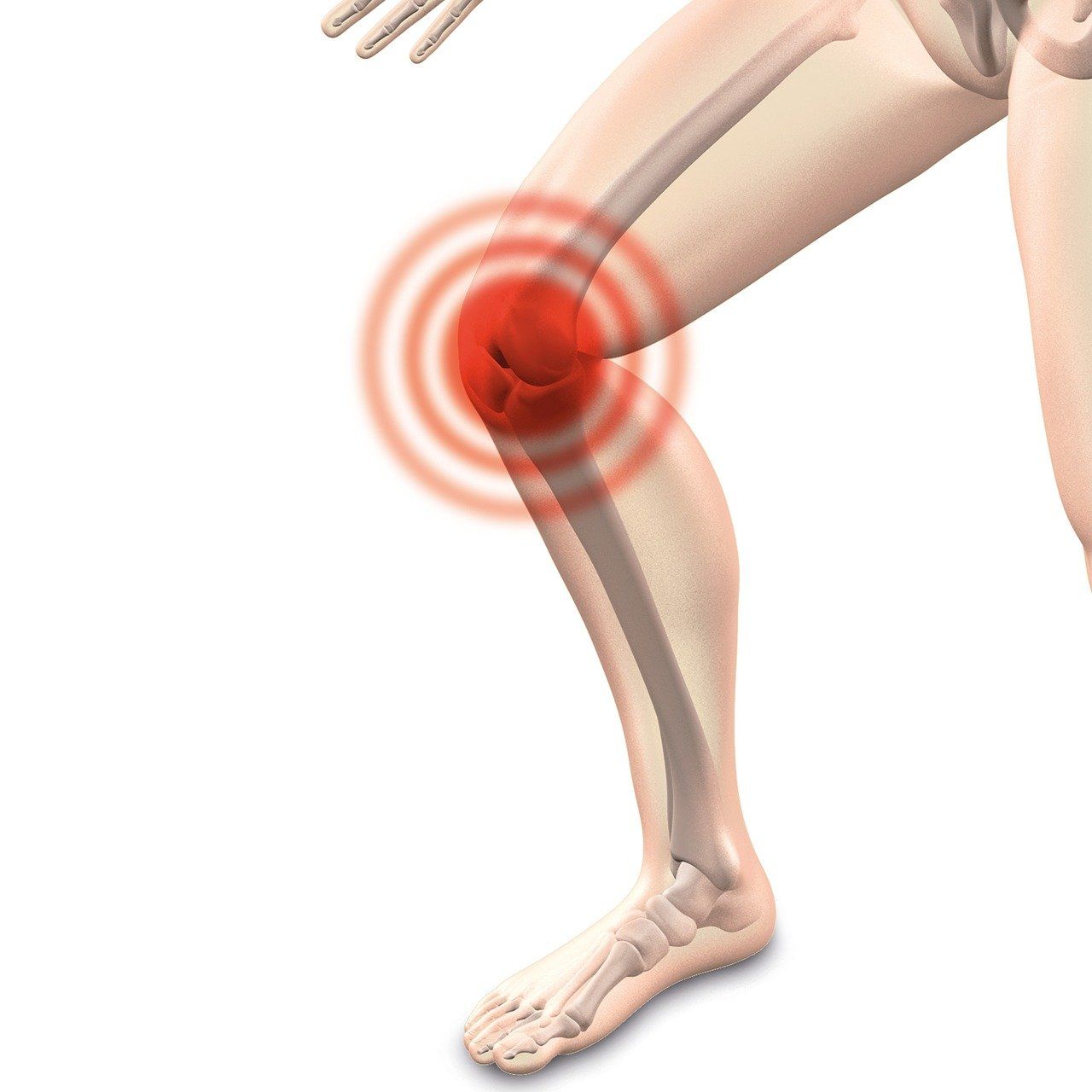Follow us on Google News (click on ☆)
Osteoarthritis, a degenerative cartilage disease that affects the majority of the elderly population, severely impairs the quality of life for patients. In response to this relatively under-researched condition, researchers from the University of Geneva (UNIGE) have explored the potential of new therapeutic treatments through stem cell injections. These have been largely unsuccessful so far due to premature cell death.

Illustration image Pixabay
The scientists discovered that by combining stem cell injections with a gradually released supply of glucose, their survival was prolonged, potentially stimulating cartilage regeneration. These preliminary but promising results have been published in the International Journal of Pharmaceutics and open the door to new prospects for regenerative therapies.
Osteoarthritis, which can appear as early as 40 years old, becomes more widespread with age, affecting 65% of the population over 65 and 80% of those over 80. This degenerative cartilage condition leads to friction causing inflammation, pain, swelling, and stiffness, sometimes creating significant disabilities. It primarily affects the knee, hip, spine, and hand joints. Despite the substantial portion of the population affected, relatively little research is dedicated to this multifactorial disease.
So far, affected individuals have been offered anti-inflammatory treatments to reduce pain or lubricants such as hyaluronic acid—naturally present in the body but whose production decreases with age—to limit friction. In the most serious cases, prosthetics are necessary.
Treating rather than relieving
The groups of Éric Allémann, a full professor in the pharmaceutical sciences section of the Faculty of Science at UNIGE, and Olivier Jordan, a teaching and research fellow, have been interested in developing new therapeutic treatments for about fifteen years. They contribute to several research areas, including injecting stem cells into joints that naturally release biomolecules, such as growth factors, capable of interacting with cartilage cells to reduce inflammation and stimulate the growth of new cells.
"The problem is that these stem cells, which come from another part of the patient's body (typically fat or bone marrow), do not find themselves in an optimal environment for their growth and die very quickly, without having had time to release sufficient beneficial molecules to the degenerating cells," explains Paula Gonzales-Fernandez, a doctoral student in Éric Allémann's lab and the first author of the study. "This is particularly true for stem cell injections into joints, as these tissues are not vascularized and thus are not supplied with nutrients and oxygen," continues the researcher.
Feeding stem cells to ensure their survival
To overcome this problem, the scientists tried to provide these stem cells with an energy source to increase their lifespan. "Glucose was a good candidate, but it is naturally too quickly eliminated by the body's fluids. The subtlety of our work has been to attach glucose molecules to hyaluronic acid so that the glucose is not immediately eliminated but is released in small regular doses," explains Olivier Jordan.
The study authors thus tested the lifespan of stem cells with or without modified glucose, in laboratory conditions. They found that stem cells injected into cartilage tissue cultures survived for more than three days in the presence of glucose associated with hyaluronic acid (compared to less than 24 hours without this glucose). These three days are sufficient to release the growth factors and activating molecules that lead to cartilage regeneration.
"These results are very encouraging and promising but are still at the stage of cell cultures in the laboratory. Our next step is to confirm these results in an animal model," indicates Éric Allémann. This approach, which involves adding a nutrient (glucose in this case) to hyaluronic acid, opens new prospects for stem cell therapies in poorly vascularized and nutrient-poor environments such as osteoarthritic joints, but also for other regenerative therapies.